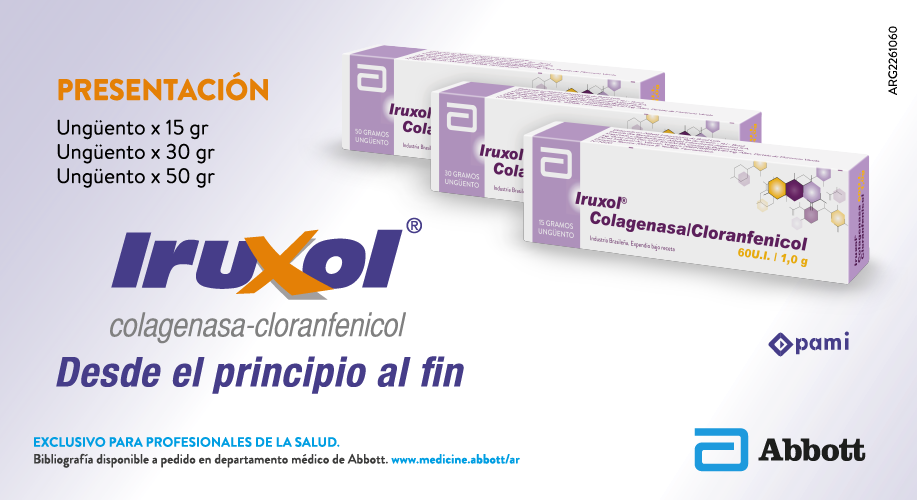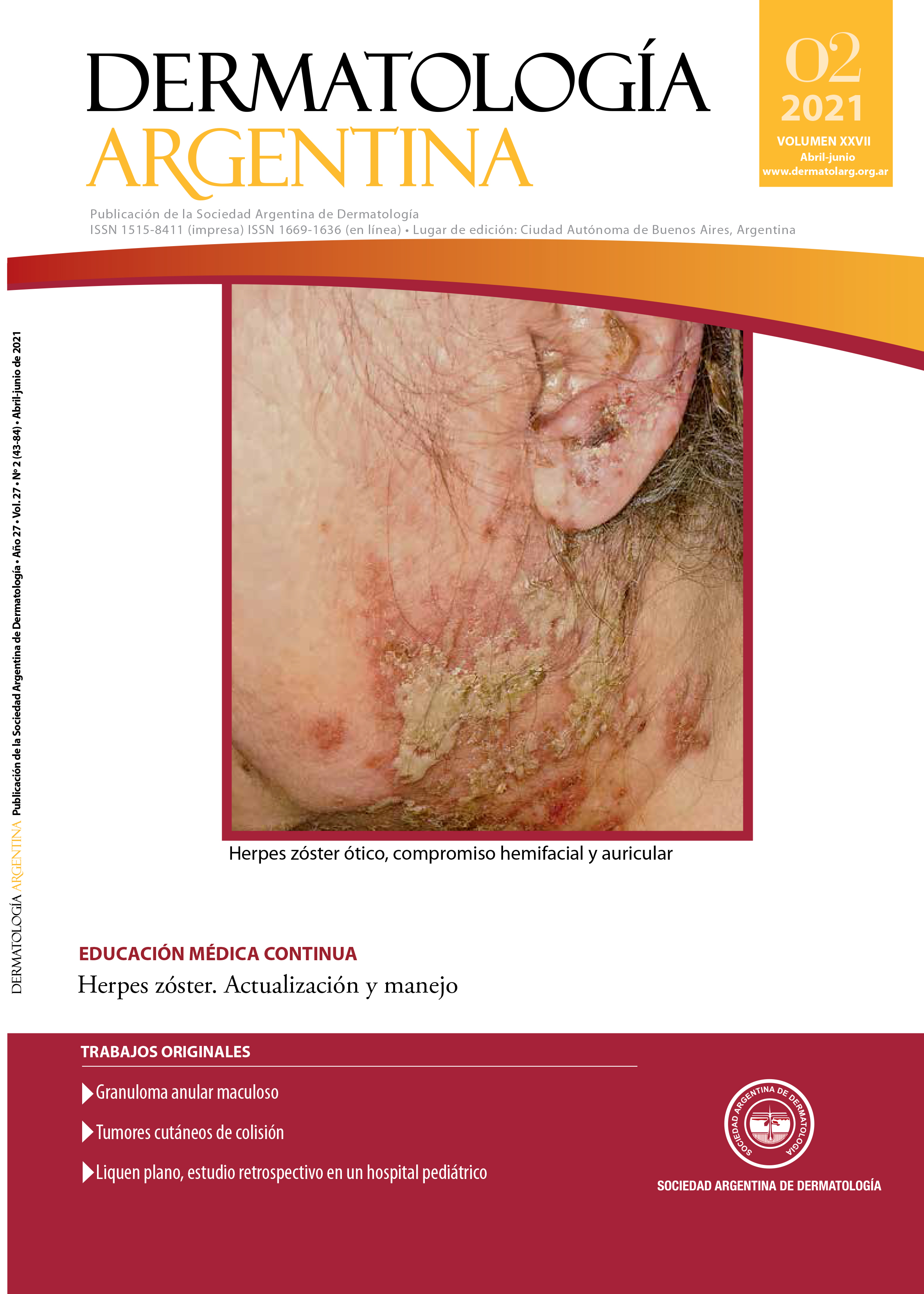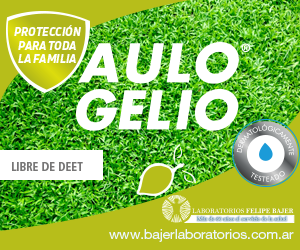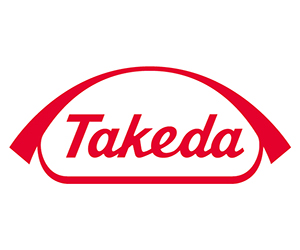Lichen planus, retrospective study in a pediatric hospital
DOI:
https://doi.org/10.47196/da.v27i2.2168Keywords:
lichen planus, children, revisionAbstract
Introduction: lichen planus (LP) is a chronic, inflammatory disease of unknown etiology, which can affect skin, adnexal tissues and mucosa.
Objective: to describe the clinical, epidemiological characteristics and the treatment received by patients with clinical and histopathological diagnosis of LP, seen at the Dermatology Service of Pediatric Hospital Prof. Dr. Juan P. Garrahan in the last 33 years.
Design: descriptive, retrospective and cross-sectional study.
Materials y methods: we reviewed the clinical history of patients with histopathological diagnosis of LP that were treated at our hospital from August 1987 to February 2020 and analysed the epidemiological, clinical and treatment variables.
Results: data of 26 patients were included in this study 18 of which are males (69.3%). The mean age of diagnosis was 9.6 years. 24 patients (92%) presented the classical type of LP. Ungual and mucosal compromise were observed in 2 patients (7.7%) and none had associations with infections or drugs. Regarding treatment, 4 patients (15.4%) did not continue follow-ups, 13 patients (50%) had topical treatment, 6 (23%) had systemic treatment and 3 patients (11.5%) received combined treatment. The average follow-up time was 6 months and 68% of patients had favorable outcome.
Conclusions: LP is an uncommon pathology in children. During this study we did not find any etiologic relations with use of drugs or infectious diseases as is described in de adult population. Its course is chronic and in the patients that had a proper follow-up a good response to the indicated treatment was obtained.
References
I. Carriquirri F, Villoldo V, Allevato M, Cabrera H. Liquen plano lineal. Tratamiento con tacrolimus tópico. Act Terap Dermatol 2006;29:395-399.
II. Gru AA, Salavaggione AL. Lichenoid and interface dermatoses. Semin Diag Pathol 2017;34:237-249.
III. Cribier B, Frances C, Chosidow O. Treatment of lichen planus. An evidence-based medicine analysis of efficacy. Arch Dermatol 1998;134:1521-1530.
IV. European Dermatology Forum. EDF S1 Guidelines on the management of lichen planus. Disponible en: https://www.edf.one/dam/jcr:263c4016-0be7-4b2c-bddd-1c65e9633965/EDF_Guidelines_Lichen_planus_final.pdf [consultado abril 2021].
V. Sharma R, Maheshwari V. Childhood lichen planus: a report of fifty cases. Pediatr Dermatol 1999;16:345-348.
VI. Nanda A, Al-Ajmi H, Al-Sabah H, et ál. Childhood lichen planus: a report of 23 cases. Pediatr Dermatol 2001;8:1-4.
VII. Tilly J, Drolet B, Esterly N. Lichenoid eruptions in children. J Am Acad Dermatol 2004;51:606-624.
VIII. Ramirez L, Franco AC, López NE, et ál. Liquen plano: perfil clínico y características demográficas de 129 casos en el Centro Dermatológico de Yucatán. Dermatología CMQ 2016;14:185-190.
IX. Hamade Y, Arita K, Toyonaga E, et ál. Lichen planus in childhood showing various cutaneous features. Acta Derm Venereol 2012;92:386-387.
X. Payette M, Weston G, Humphrey S, et ál. Lichen planus and other lichenoid dermatoses: Kids are not just little people. Clin Dermatol 2015;33:631-643.
XI. Dahbar M, García Díaz R, Laffargue J, Laterza A, et ál. Tratamiento de liquen plano con griseofulvina. Arch Argent Dermatol 2002;52:23-26.
XII. Pandhi D, Singal A, Bhattacharya S. Lichen planus in childhood: a series of 316 patients. Pediatr Dermatol 2014;31:59-67.
XIII. Wackernagel A, Legat F, Hofer A, et ál. Psoralen plus UVA vs. UVB-311 nm for the treatment of lichen planus. Photodermatol Photoimmunol Photomed 2007;23:15-19.
XIV. Kanwar A, De D. Lichen planus in childhood: report of 100 cases. Clin Exp Dermatol 2010;35:257-262.
Downloads
Published
Issue
Section
License
Copyright (c) 2021 Dermatología Argentina

This work is licensed under a Creative Commons Attribution-NonCommercial-NoDerivatives 4.0 International License.
El/los autor/es tranfieren todos los derechos de autor del manuscrito arriba mencionado a Dermatología Argentina en el caso de que el trabajo sea publicado. El/los autor/es declaran que el artículo es original, que no infringe ningún derecho de propiedad intelectual u otros derechos de terceros, que no se encuentra bajo consideración de otra revista y que no ha sido previamente publicado.
Le solicitamos haga click aquí para imprimir, firmar y enviar por correo postal la transferencia de los derechos de autor



















